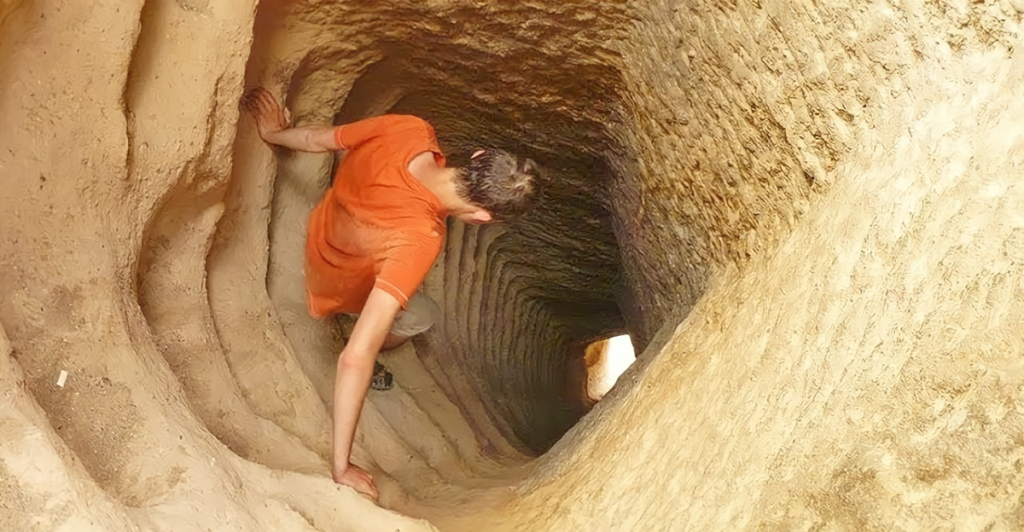
The world beneath our feet is teeming with life, and many animals have adapted to thrive in darkness and shelter in underground environments. From tiny rodents to armored mammals, these creatures have developed unique traits and behaviors that help them thrive in their subterranean homes. Here are 13 of the most interesting underground creatures on Earth.
1. Pika
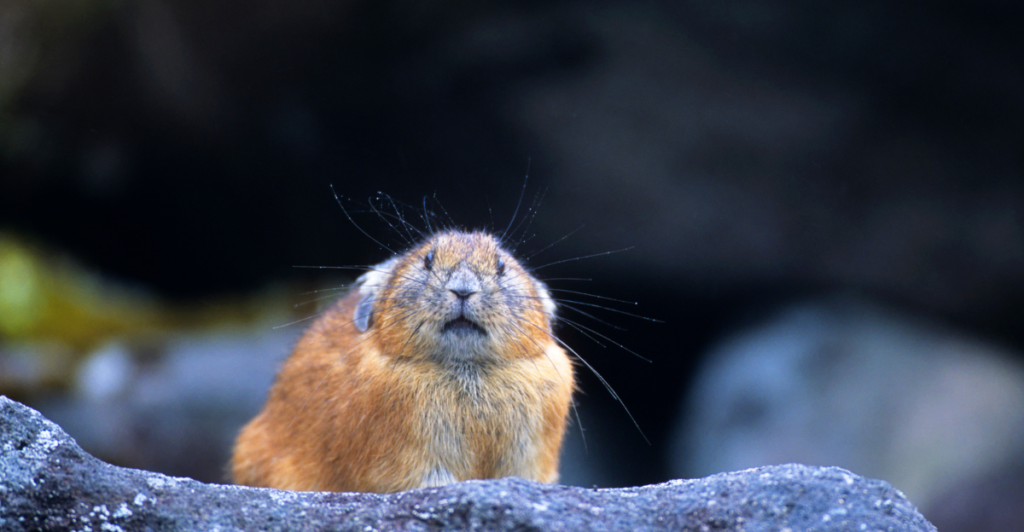
Pikas are small, brownish-gray mammals native to the cold reaches of Asia and North America. Pikas mostly dwell beneath rock piles, but some build crude burrows. These inquisitive herbivores collect grasses, flowers, and twigs in summer to save for winter. They’re called “whistling hares” for the high-pitched alarm calls they emit while diving into their burrows.
2. Fennec Fox
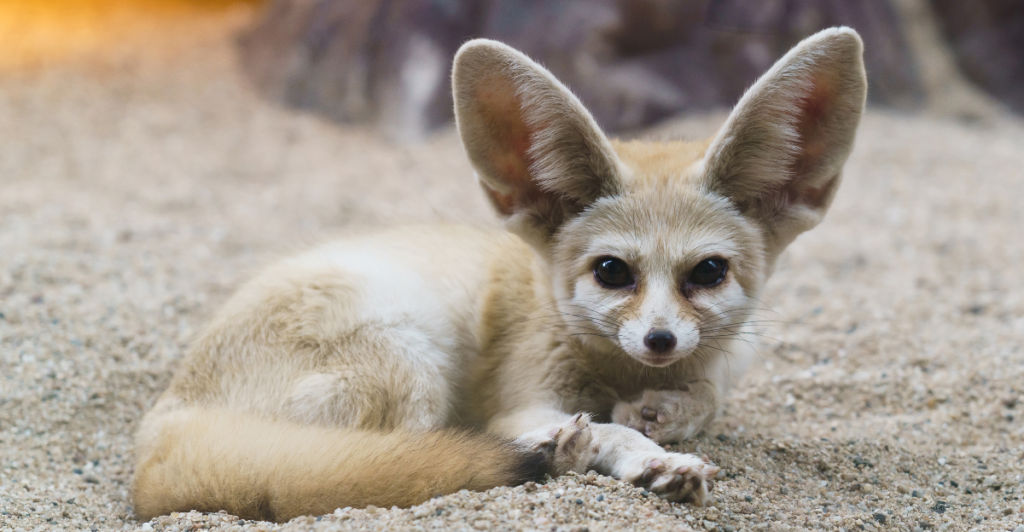
With its enormous ears and sandy-colored fur, the fennec fox is a familiar dweller of North African deserts. For safety, the foxes excavate elaborate burrow systems, and different families often interconnect their dens. As omnivores, they eat lizards, rodents, birds, and other small creatures.
3. Dwarf Mongoose
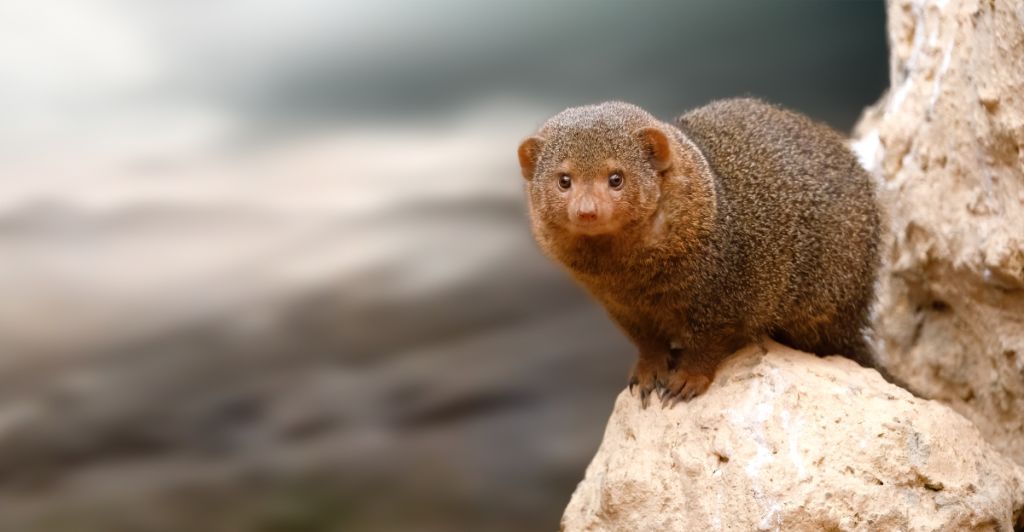
The dwarf mongoose is the smallest member of the mongoose species found in Eastern Africa. These tiny carnivores live in dry grasslands and open forests, frequently using termite mounds as burrows and resting spots. They primarily feed on insects, scorpions, and small vertebrates.
4. Bilby
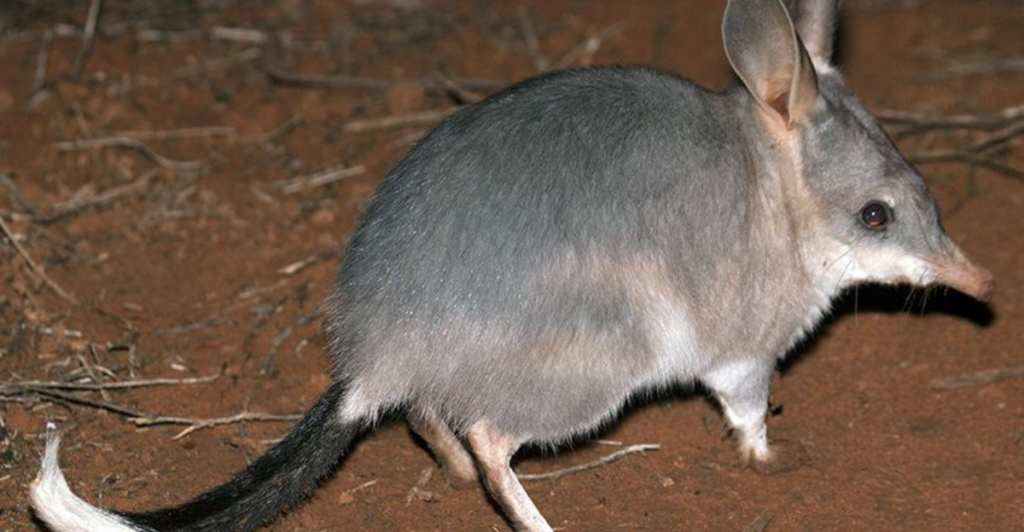
Bilbies, also known as rabbit-bandicoots, are desert-dwelling marsupials that are found in Australia. They have a long pointy snout, soft blue-grey fur, and a prominent tail. As nocturnal omnivores, they eat insects, spiders, worms, and plant bulbs and build several burrows within their range for hiding, nesting, and protection.
5. Burrowing Owl
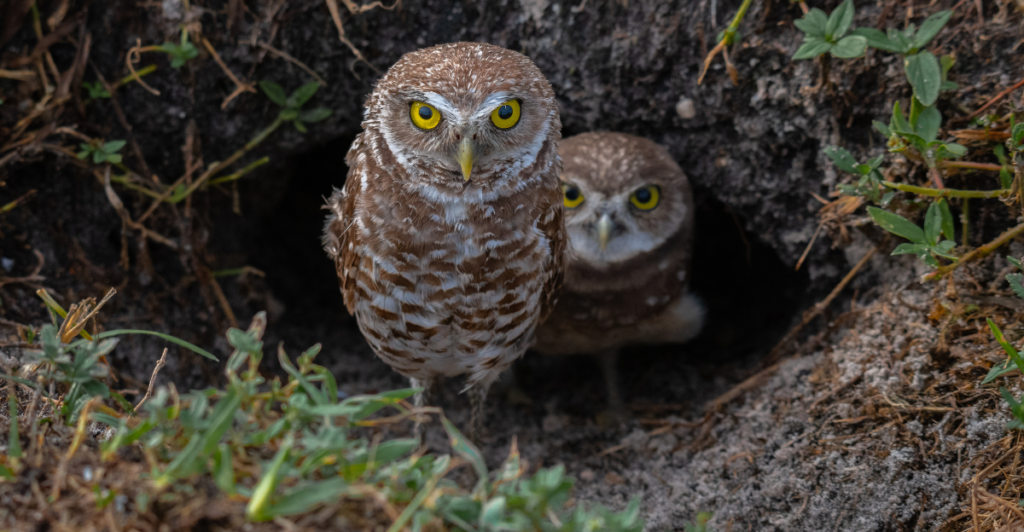
A small, long-legged owl that is found in open landscapes of North and South America. They nest in burrows dug by themselves or abandoned by other animals. Active during the day, they hunt invertebrates and small vertebrates, such as mice, geckos, and snakes.
6. Chinese Pangolin
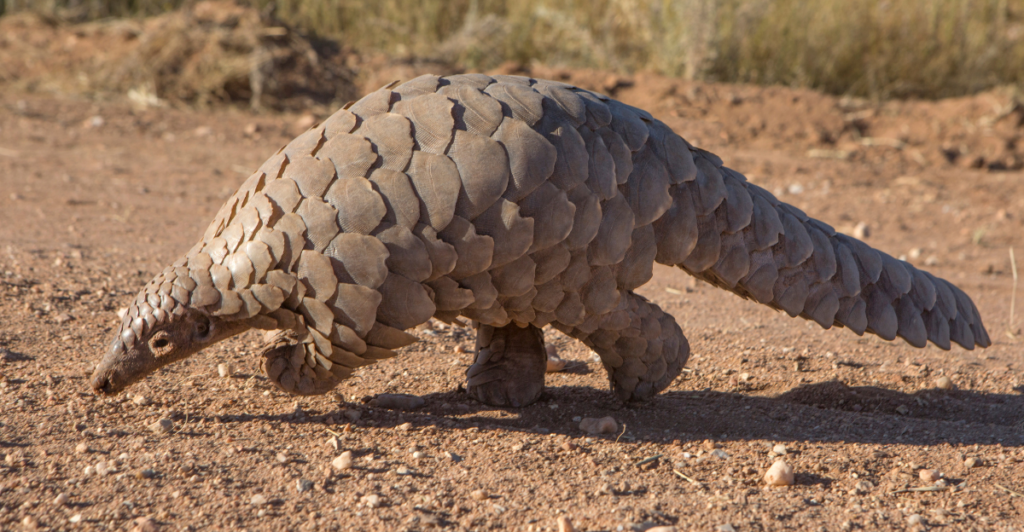
The Chinese pangolin is a critically endangered species found in Southeast Asia, the Indian subcontinent, and Southern China. With the appearance of a scaly anteater, its overlapping scales serve to protect them from predators. They dig deep into termite mounds and ant nests to feed on their prey with their long, sticky tongues and dig long burrows for sleeping and hunting.
7. Nine-Banded Armadillo
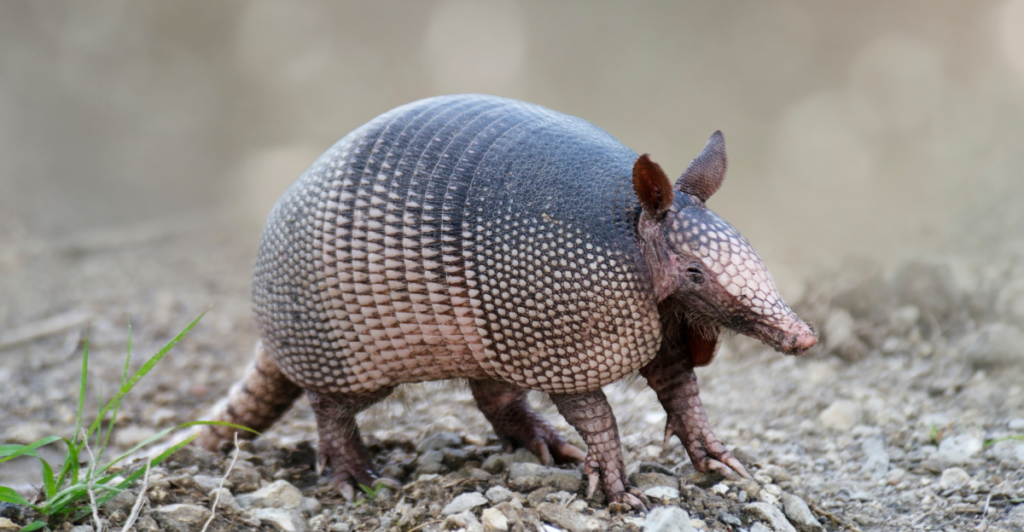
The nine-banded armadillo is a nocturnal mammal that is found throughout the Americas. Its body is covered with an armor of ossified dermal scutes. With the help of its elongated claws, the armadillo digs burrows for refuge, maintaining up to 12 burrows within its range.
8. Jerboa
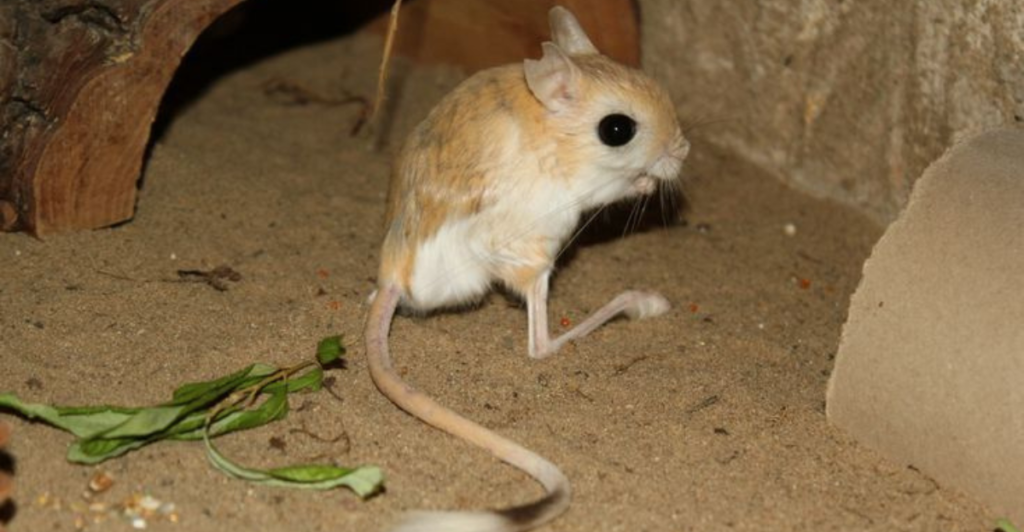
Jerboas are small, nocturnal rodents that inhabit the hot desert rodents of Asia and North Africa. Their long tails and hind legs allow them to hop at speeds up to 25km per hour. Jerboas spend extended periods in their burrows to escape the heat, plugging the entrance to the burrow cool.
9. Pocket Gopher
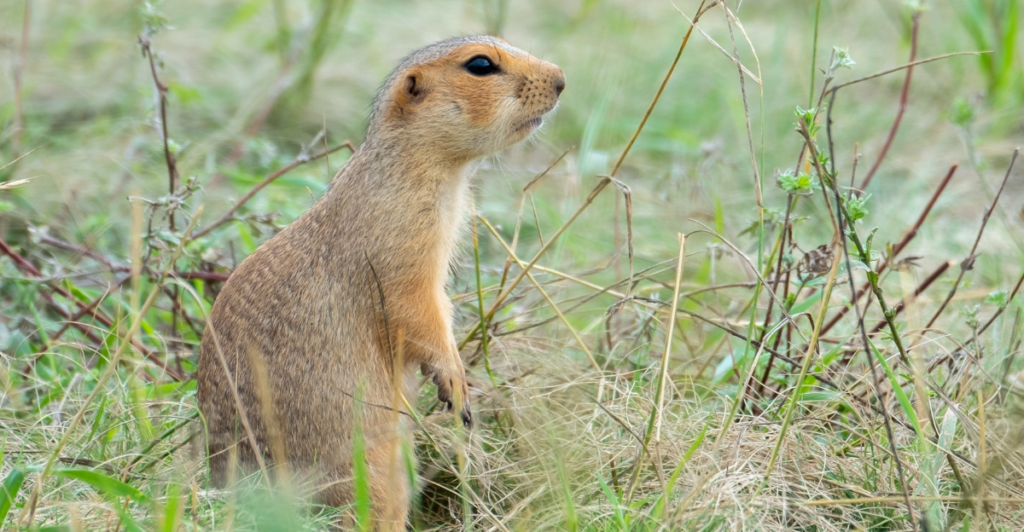
Pocket gophers are medium-sized rodents known for their fur-lined cheek pouches, which they use to carry food. They create networks of tunnels used for food storage and protection. These rodents live off of plant roots and other vegetables and can be considered pests in agricultural areas.
10. The Desert Tortoise
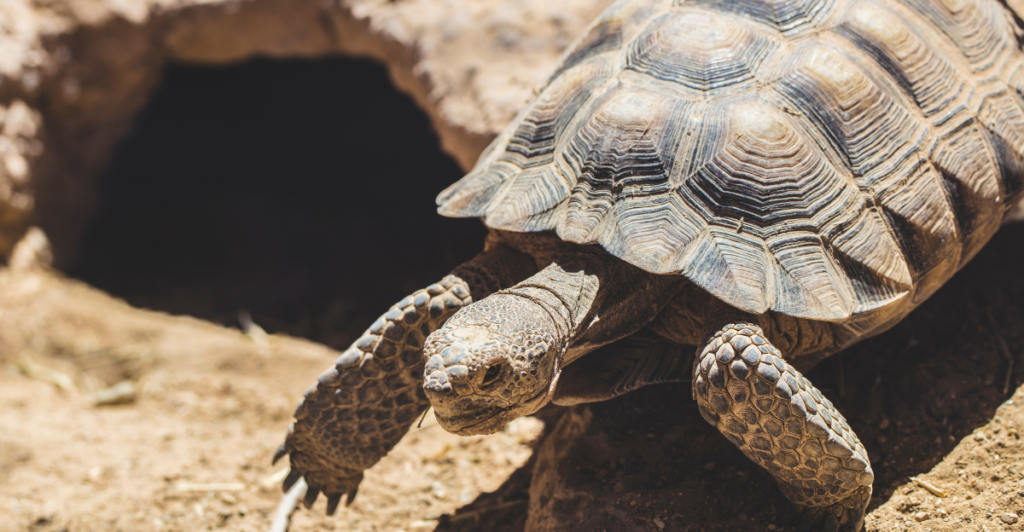
The desert tortoise inhabits the desert areas of northwestern Mexico and the southwestern United States. These animals spend a lot of time in their burrows and rock shelters to regulate their body temperature and reduce water loss. Their burrows also support other animals. They are herbivores who eat grass, herbs, and wildflowers.
11. Naked Mole-Rat
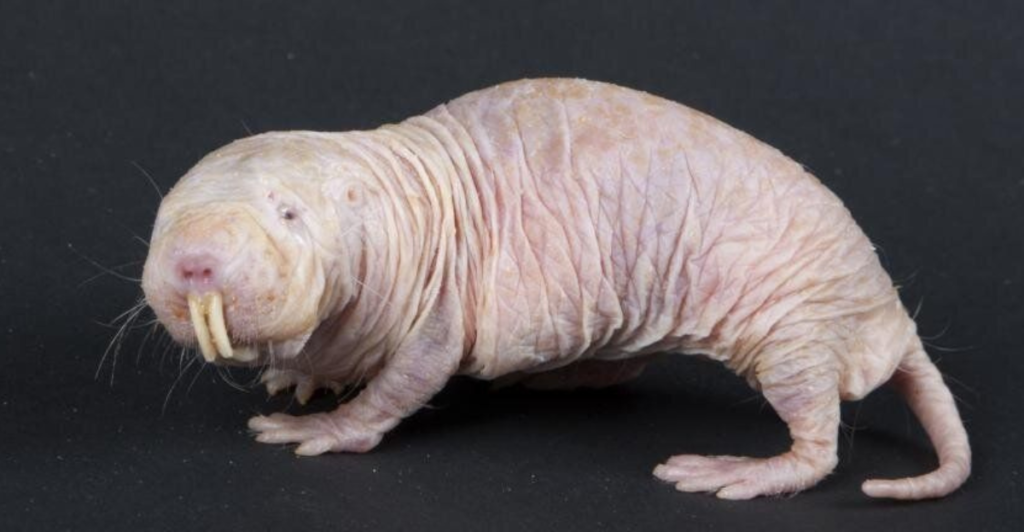
Naked mole-rats are fascinating animals native to East Africa that live in elaborate underground colonies. They are almost hairless, with wrinkled pink skin and protruding teeth, well-suited for life in dark tunnels. As eusocial mammals, they have a queen who reproduces while the other colony members serve as workers or soldiers.
12. European Badger
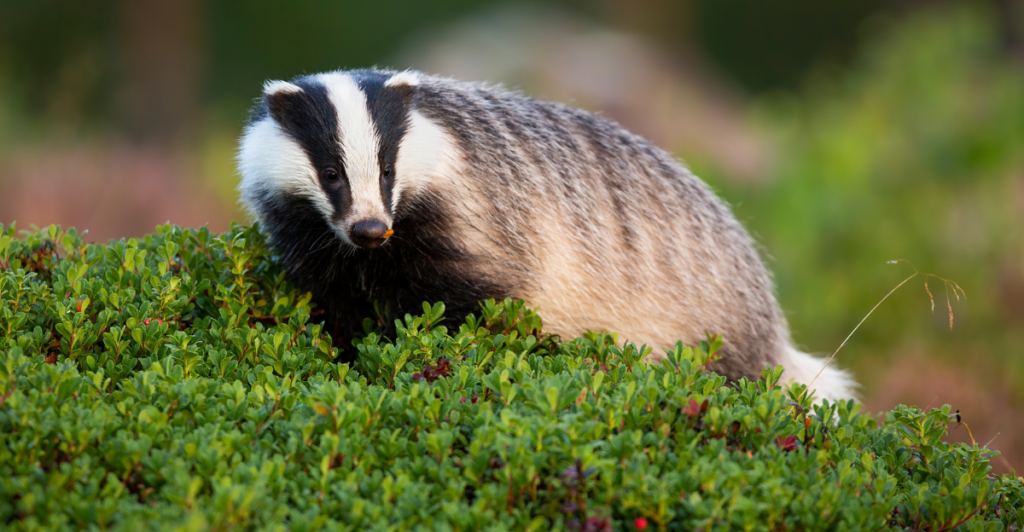
The European Badger is a sturdy mammal found throughout Europe and parts of Asia. They are known for the strength of their claws and their striking black-and-white striped faces. Badgers reside in sprawling underground tunnel systems known as setts, which can be inhabited by multiple generations. As omnivores, they consume earthworms, insects, small mammals, and plant matter.
13. Capybara
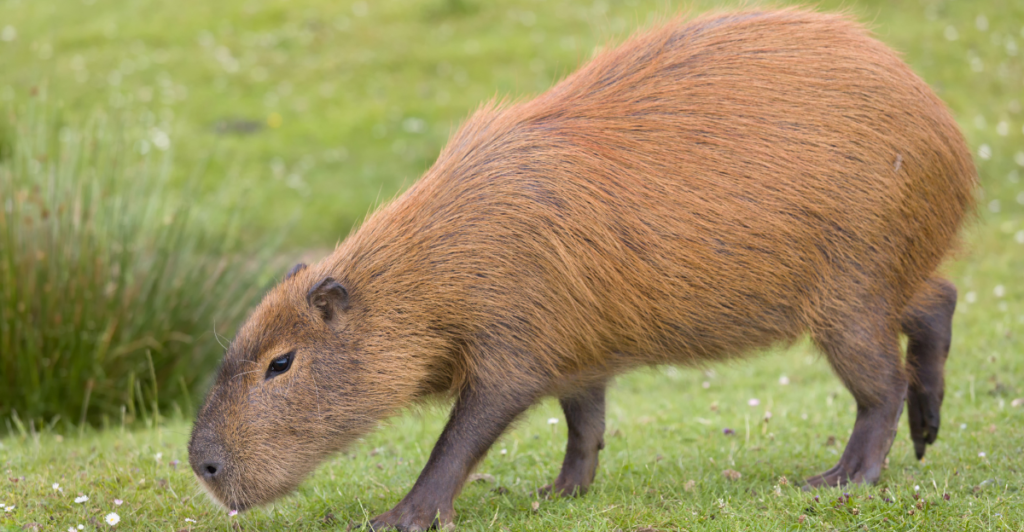
Capybaras are native to South America and are the largest rodents in the world. They are semi-aquatic dwellers, frequently found in or around water. Although not entirely subterranean, they do utilize burrows, particularly in areas near rivers and wetlands, to shelter from predators and the environment. They are social animals and herbivorous, feeding on grasses, aquatic plants, and fruits.
Explore more of our trending stories and hit Follow to keep them coming to your feed!

Don’t miss out on more stories like this! Hit the Follow button at the top of this article to stay updated with the latest news. Share your thoughts in the comments—we’d love to hear from you!







